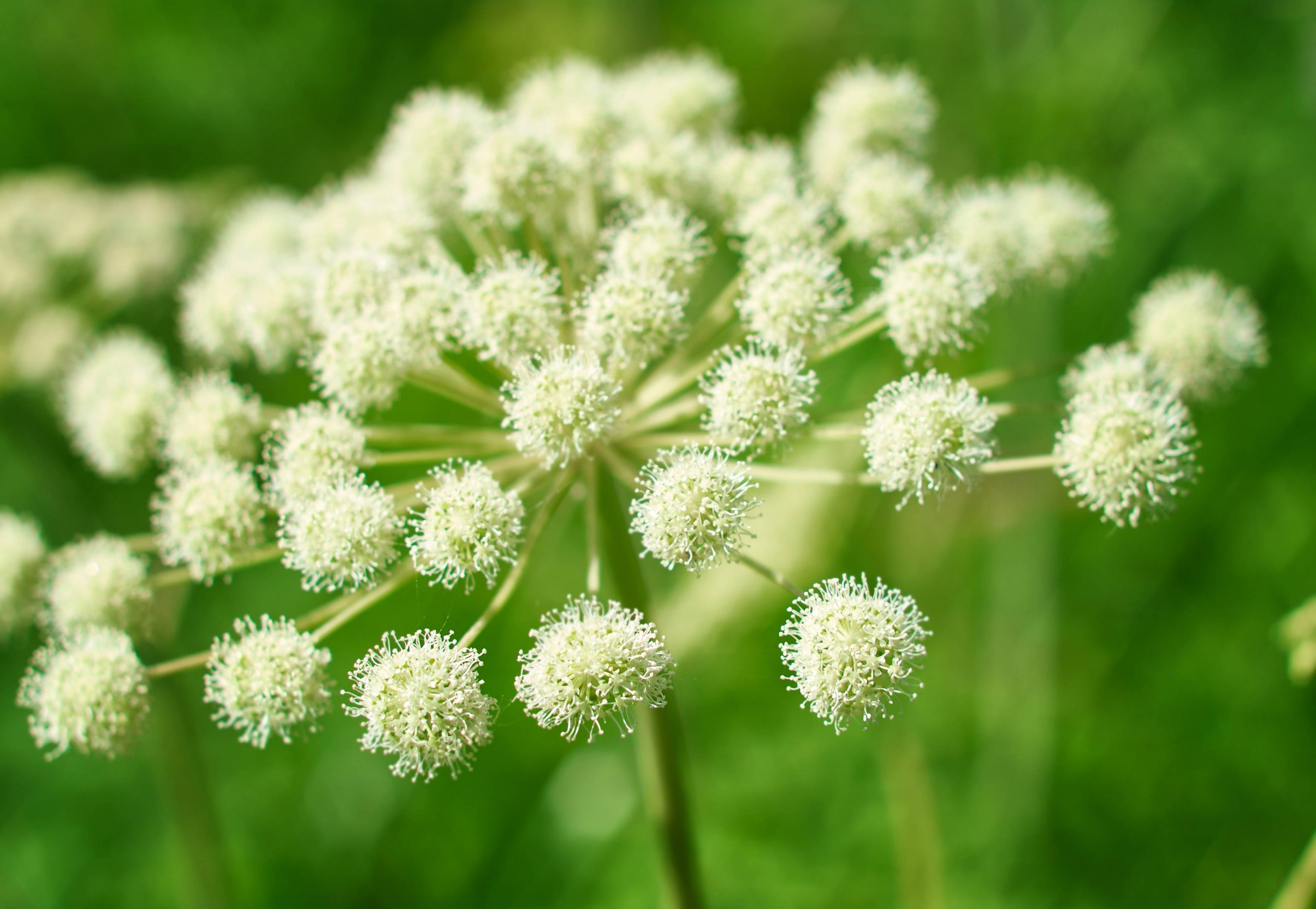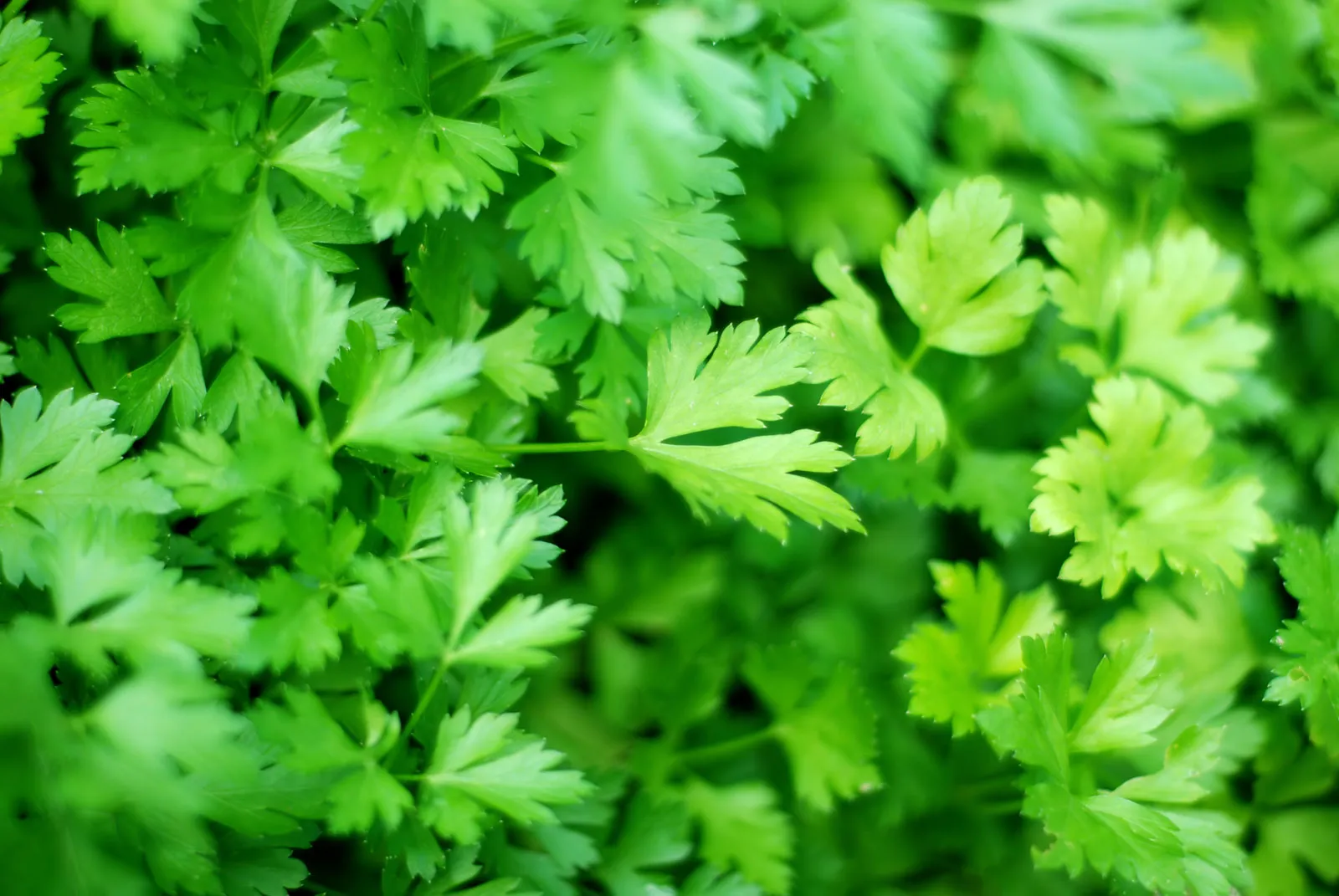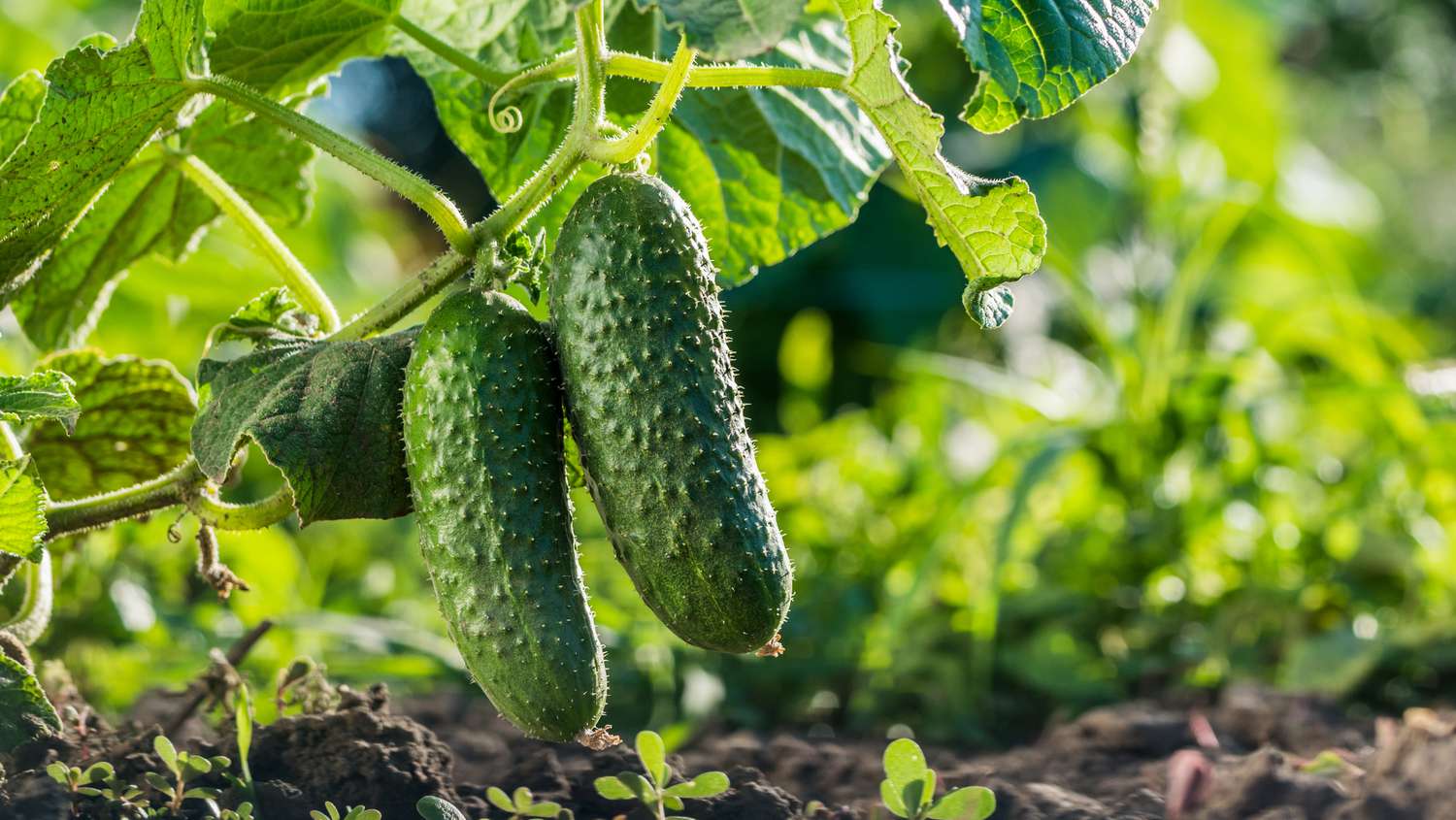Angelica, a tall, herbaceous plant with distinctive yellow-green flowers, has been valued for centuries for its medicinal and culinary properties. Its aromatic leaves and roots have been used in traditional medicine and cooking across various cultures.
A Brief History
Native to Europe and Asia, angelica has a long history of use. It was prized by ancient Greeks and Romans, who believed it had magical powers and used it in various rituals. In the Middle Ages, it was widely used in herbal medicine to treat a variety of ailments, including digestive disorders, respiratory problems, and skin conditions.
Culinary Uses
Angelica has a unique flavor profile, combining sweet, citrusy, and slightly bitter notes. It can be used in various culinary applications:
- Candies and Sweets: Angelica root is often used to flavor candies and sweets, such as candied angelica stems.
- Liqueurs: The plant’s essential oil is used to flavor liqueurs like Chartreuse and Benedictine.
- Baking: Angelica can be added to cakes, cookies, and breads for a distinctive flavor.
- Sauces and Dressings: The leaves and stems can be used to flavor sauces and dressings.
Medicinal Uses
Angelica has been used in traditional medicine for centuries. Some of its potential health benefits include:
- Digestive Health: It can help alleviate digestive issues like bloating, gas, and indigestion.
- Respiratory Health: Angelica can soothe coughs, colds, and other respiratory problems.
- Anti-inflammatory Properties: It may help reduce inflammation in the body.
- Pain Relief: Angelica has been used to relieve pain, particularly joint pain.
Growing Angelica
Angelica is a biennial or perennial plant that can grow quite tall. It prefers moist, well-drained soil and partial shade. When planting angelica, ensure it has enough space to grow, as it can reach heights of several feet.
While angelica offers numerous benefits, it’s important to use it in moderation and consult with a healthcare professional before using it for medicinal purposes.



